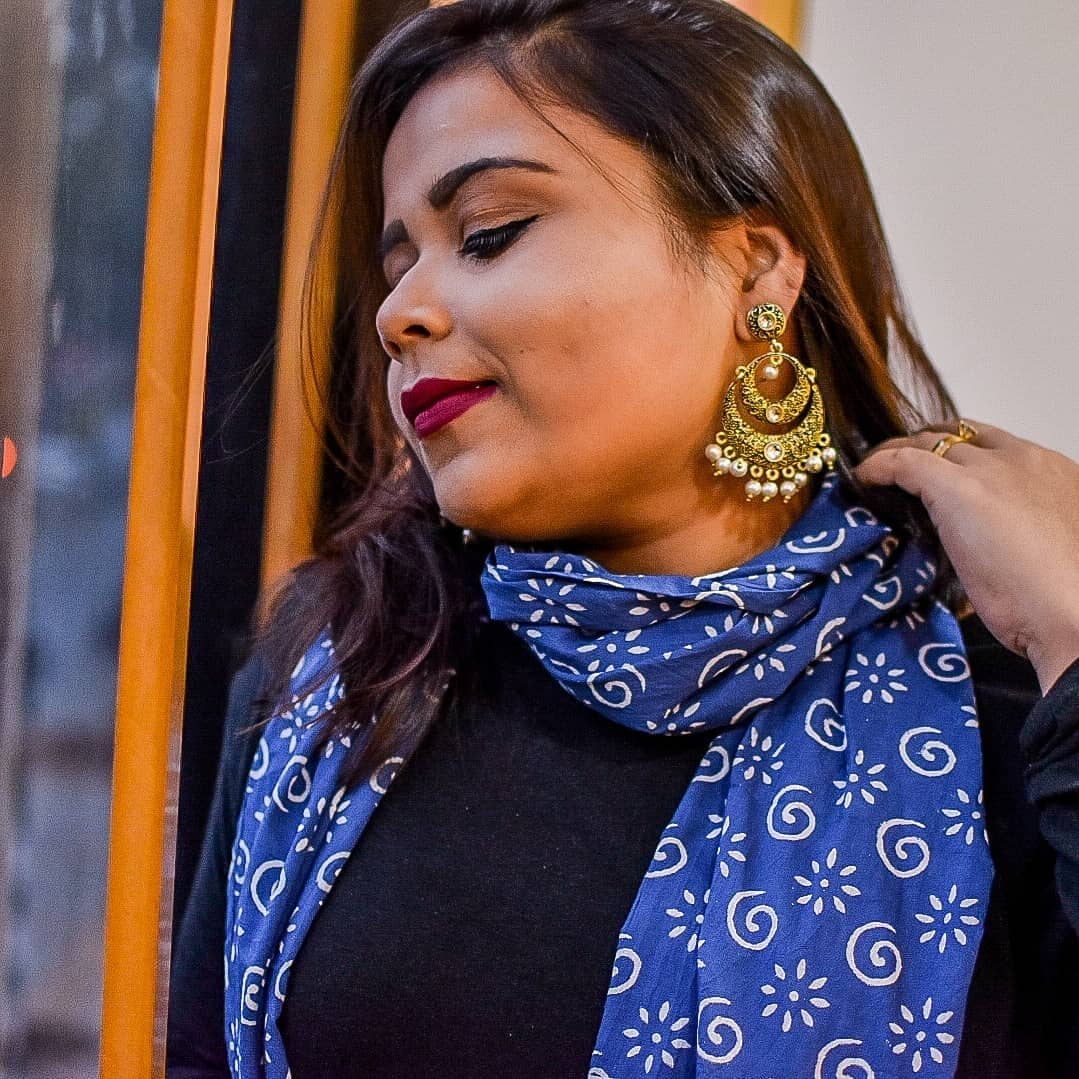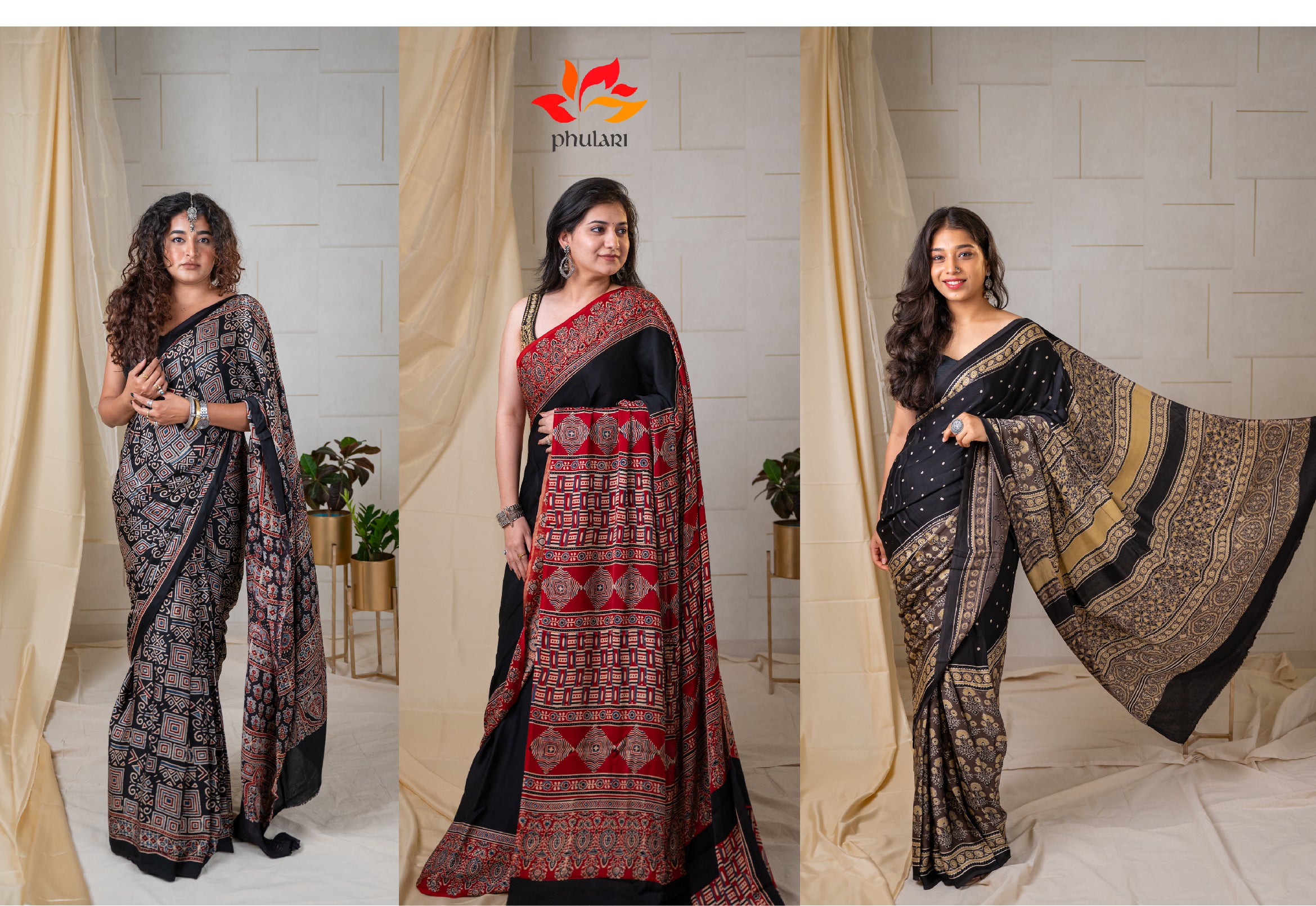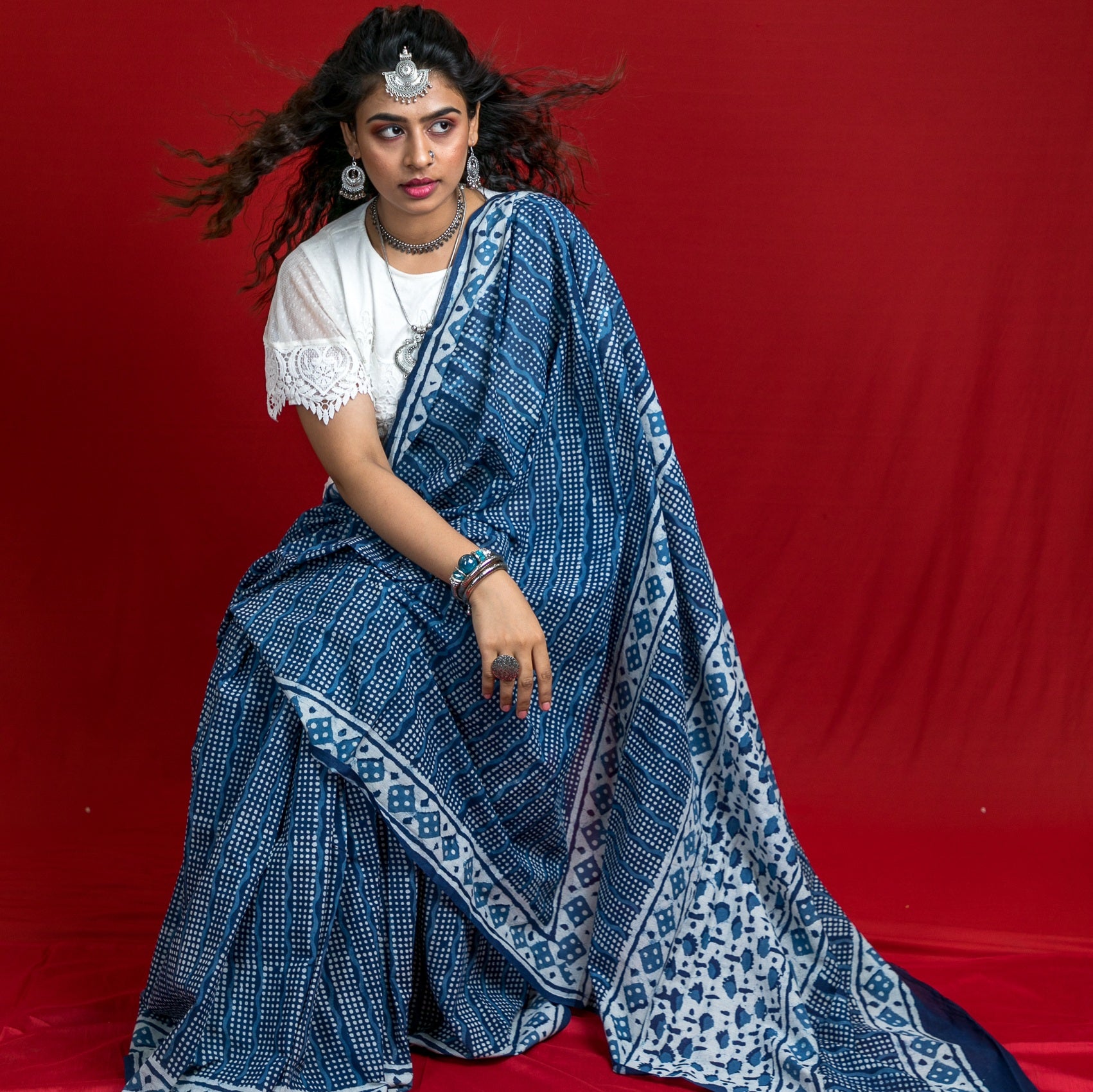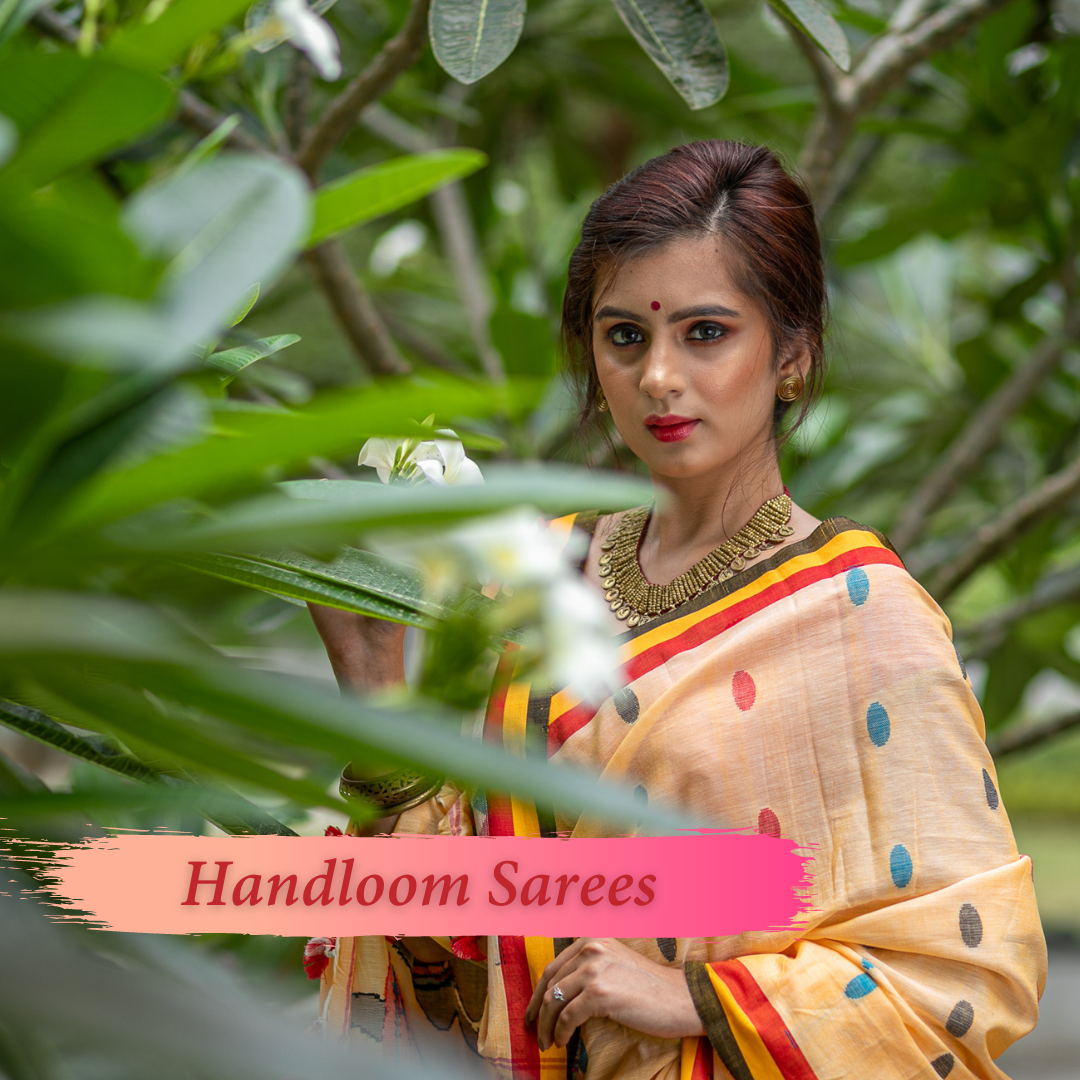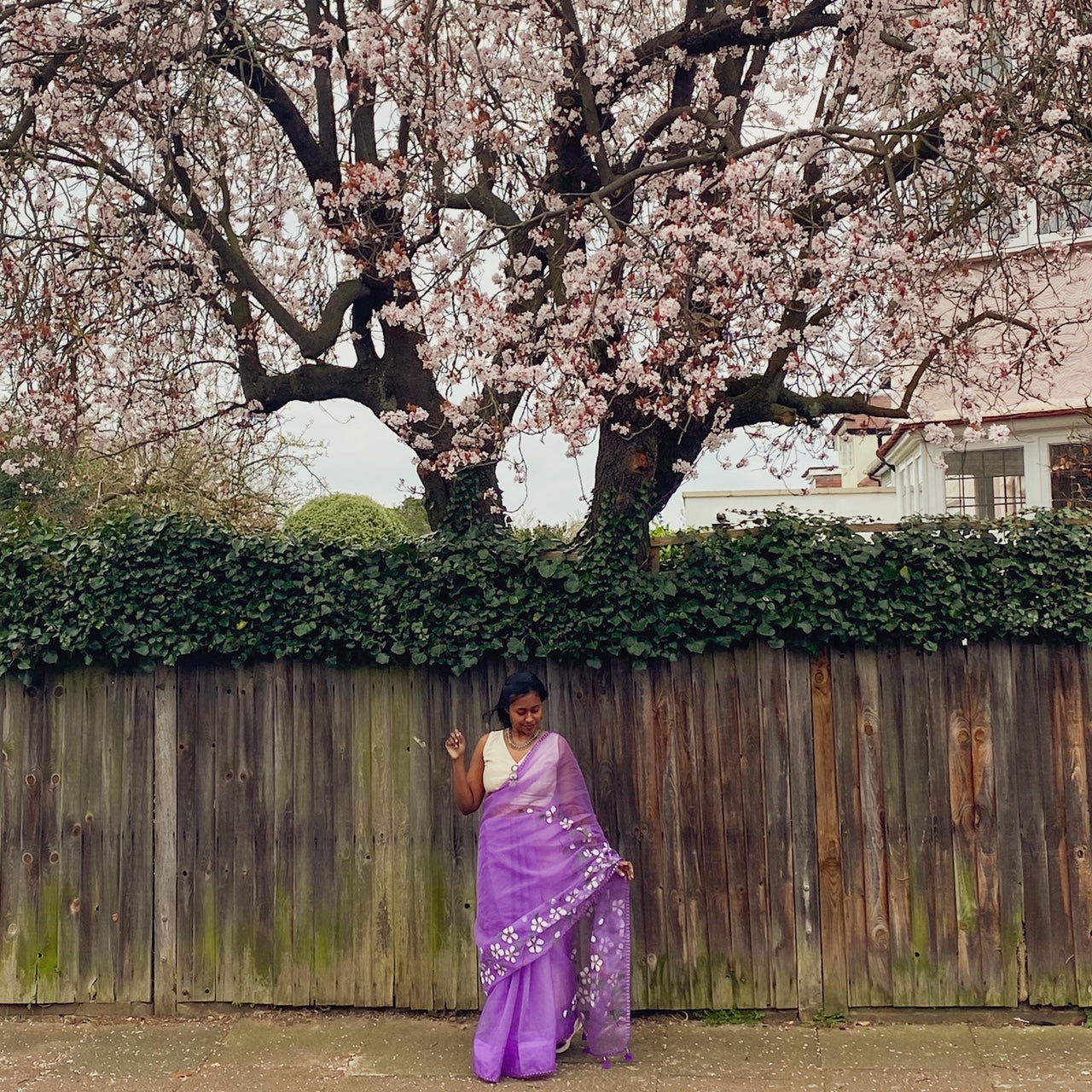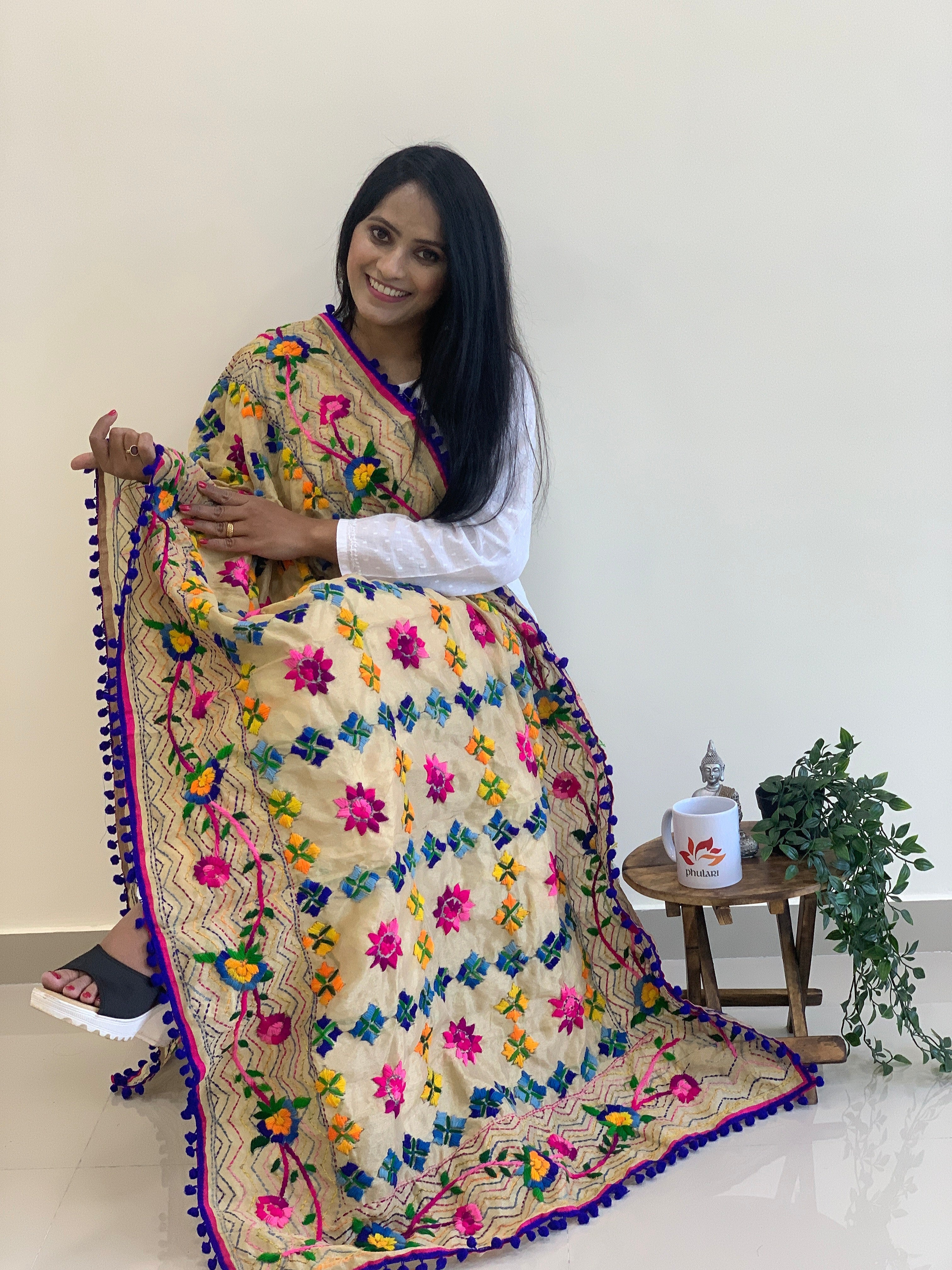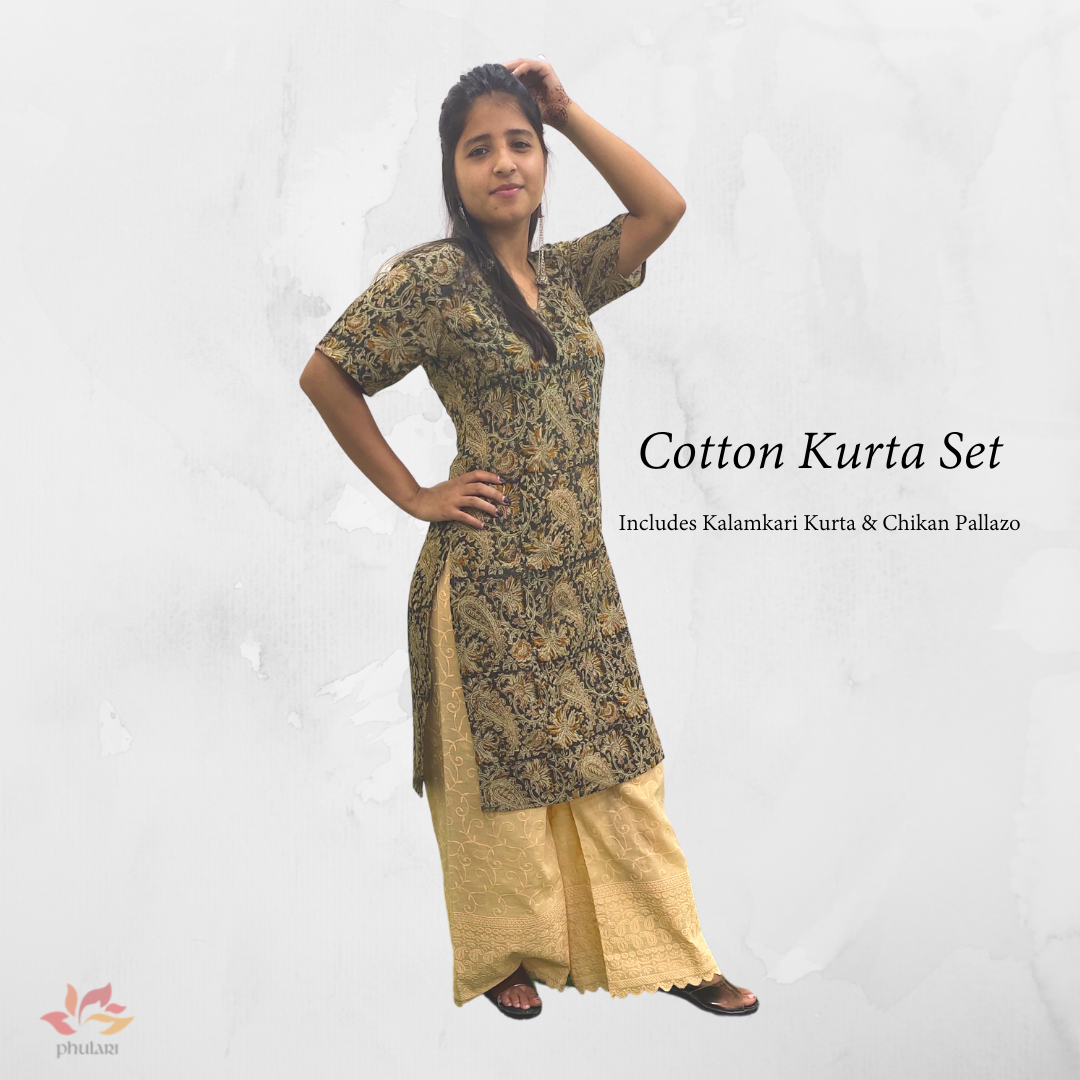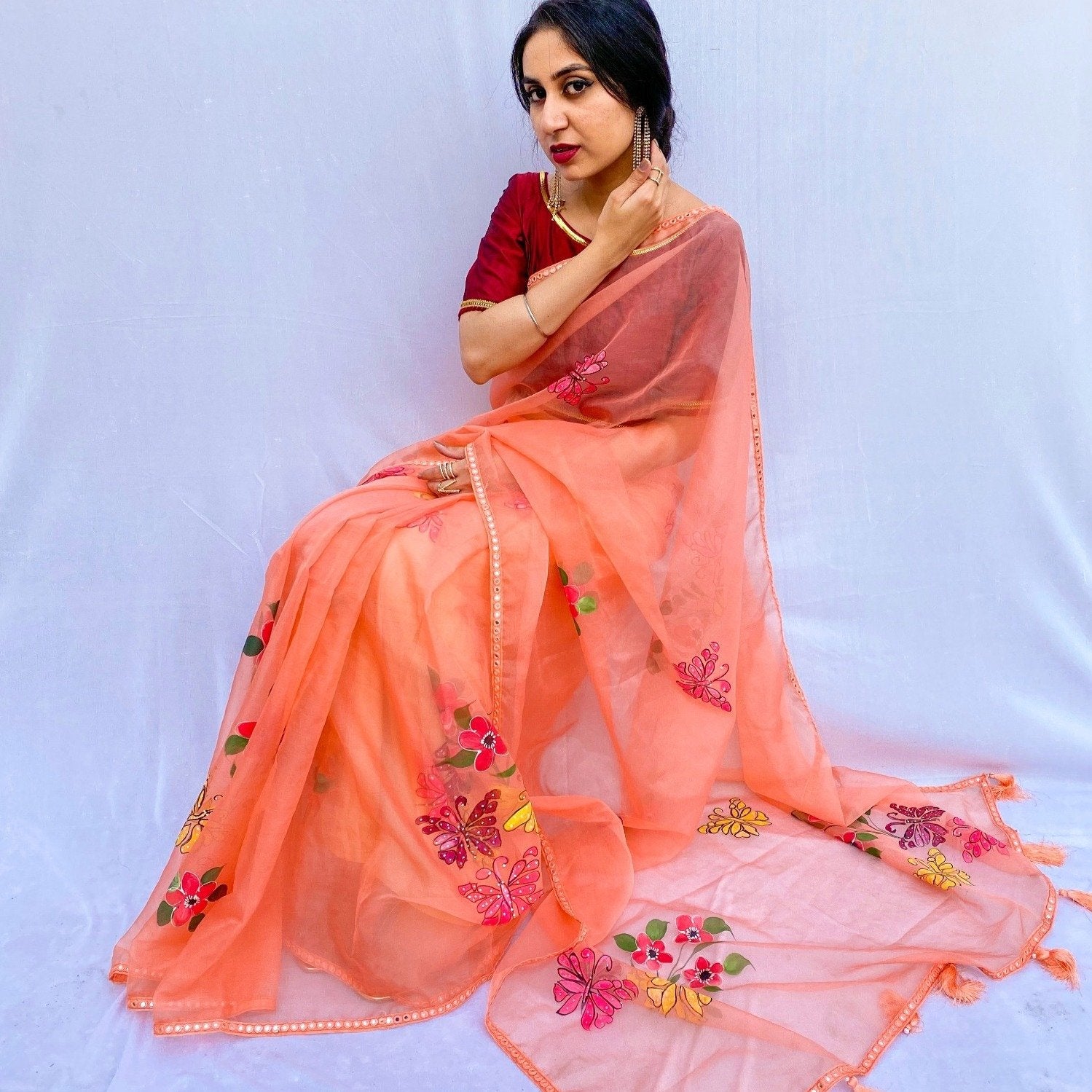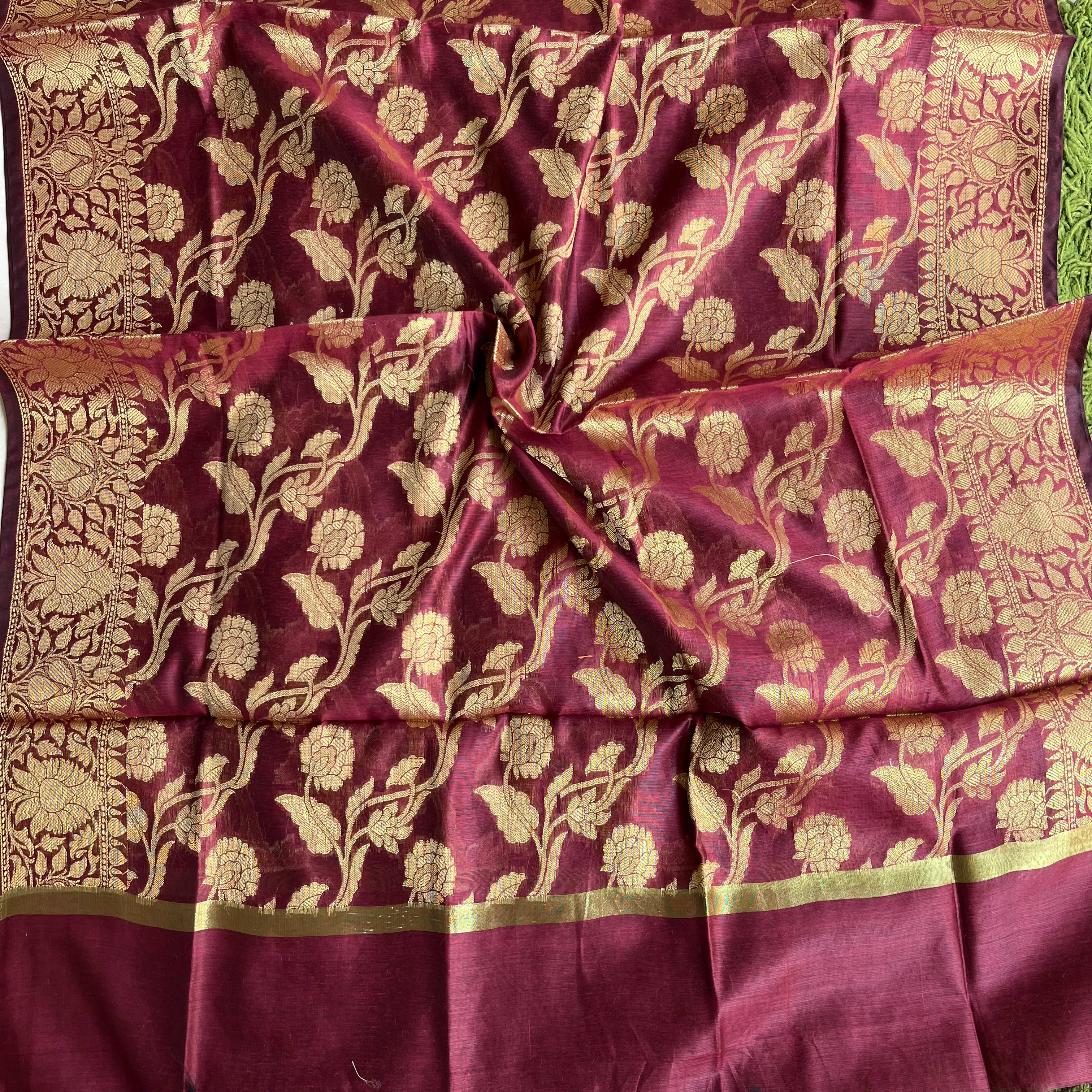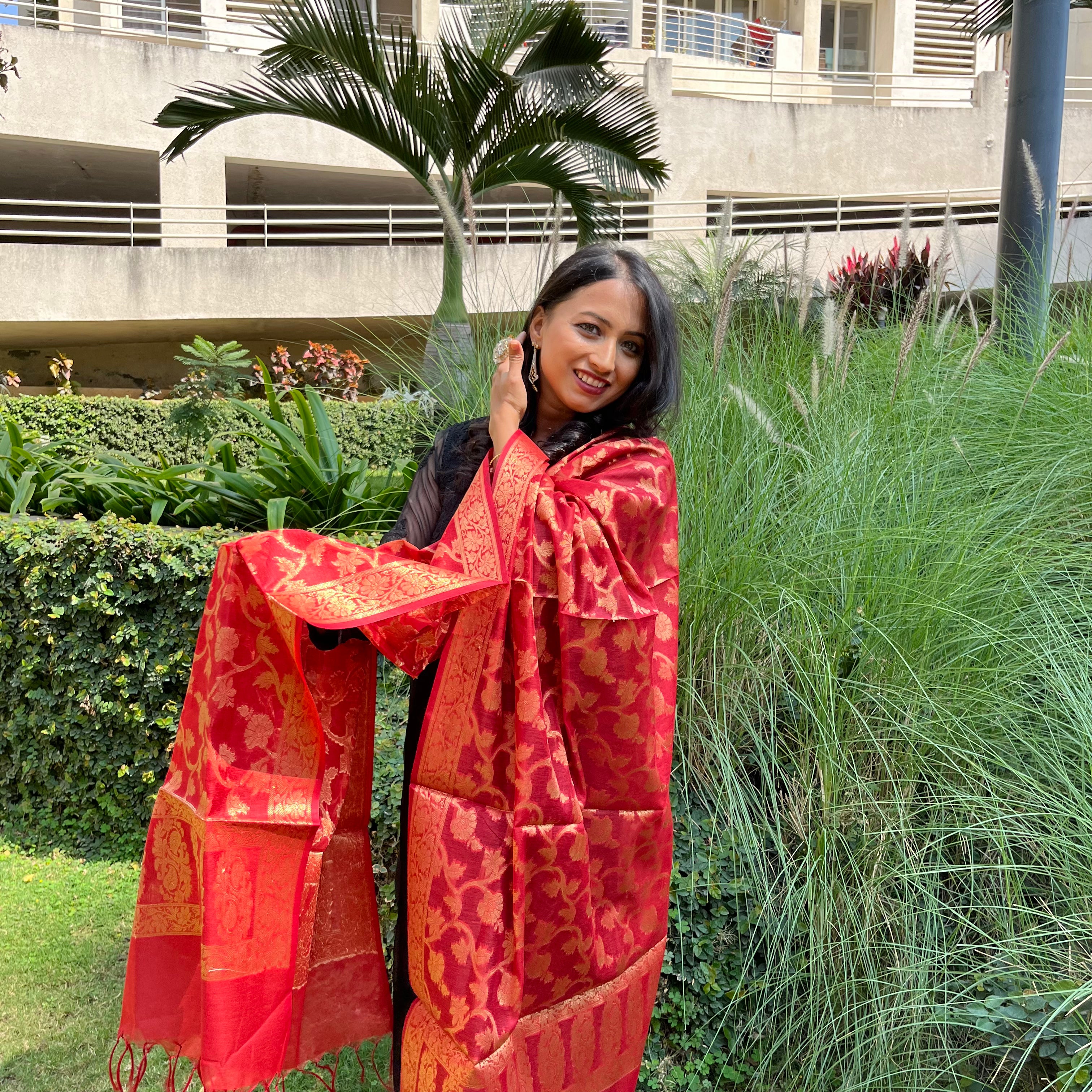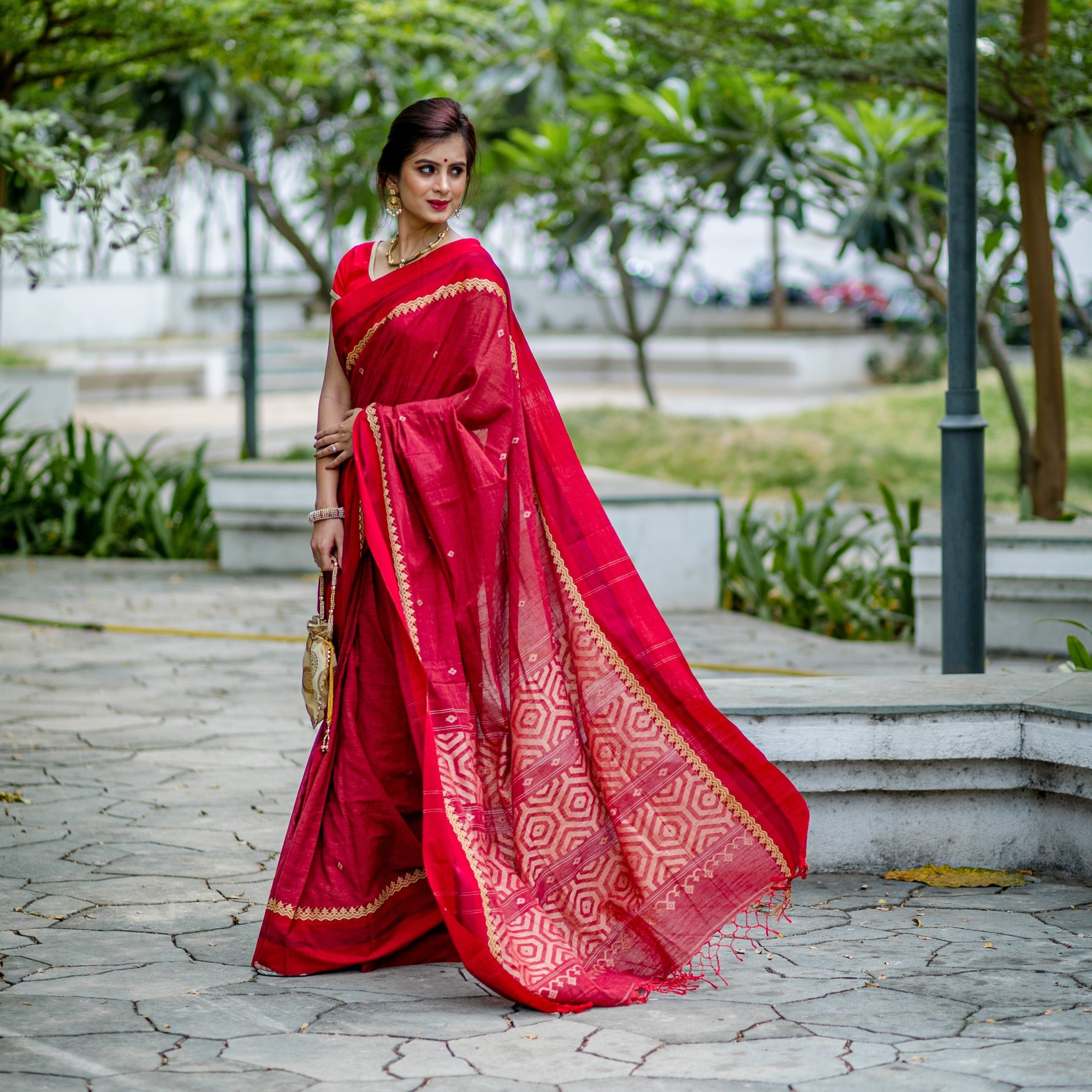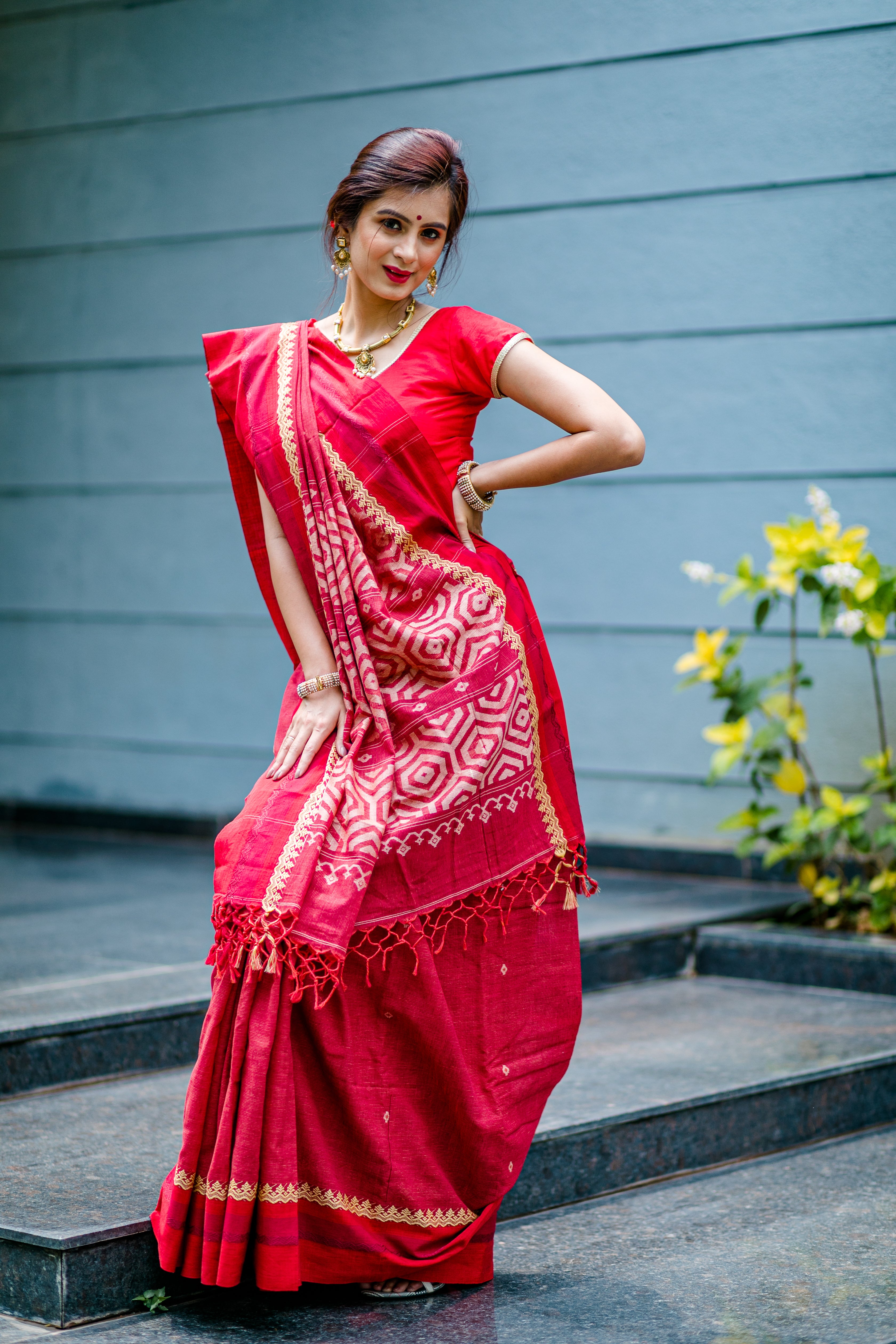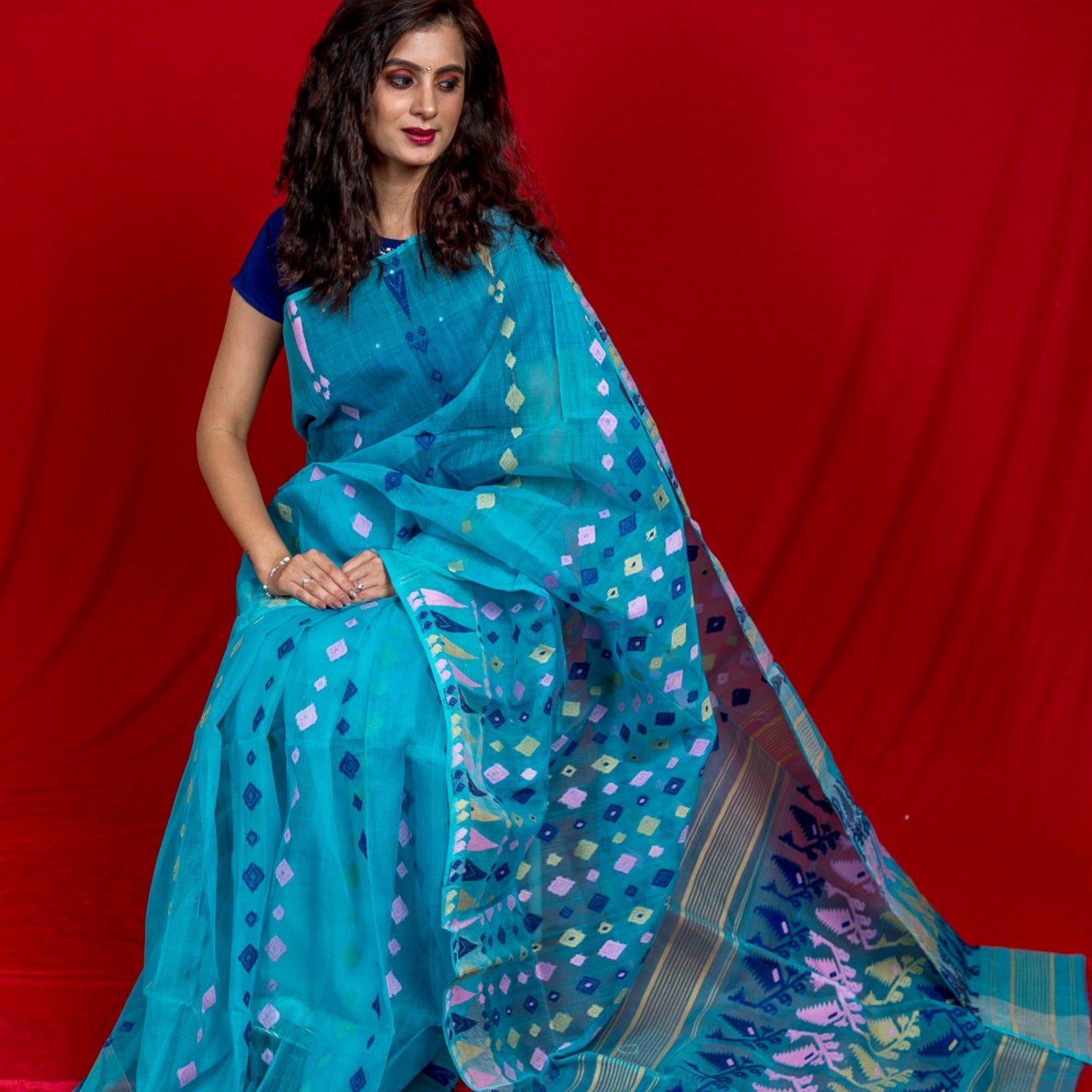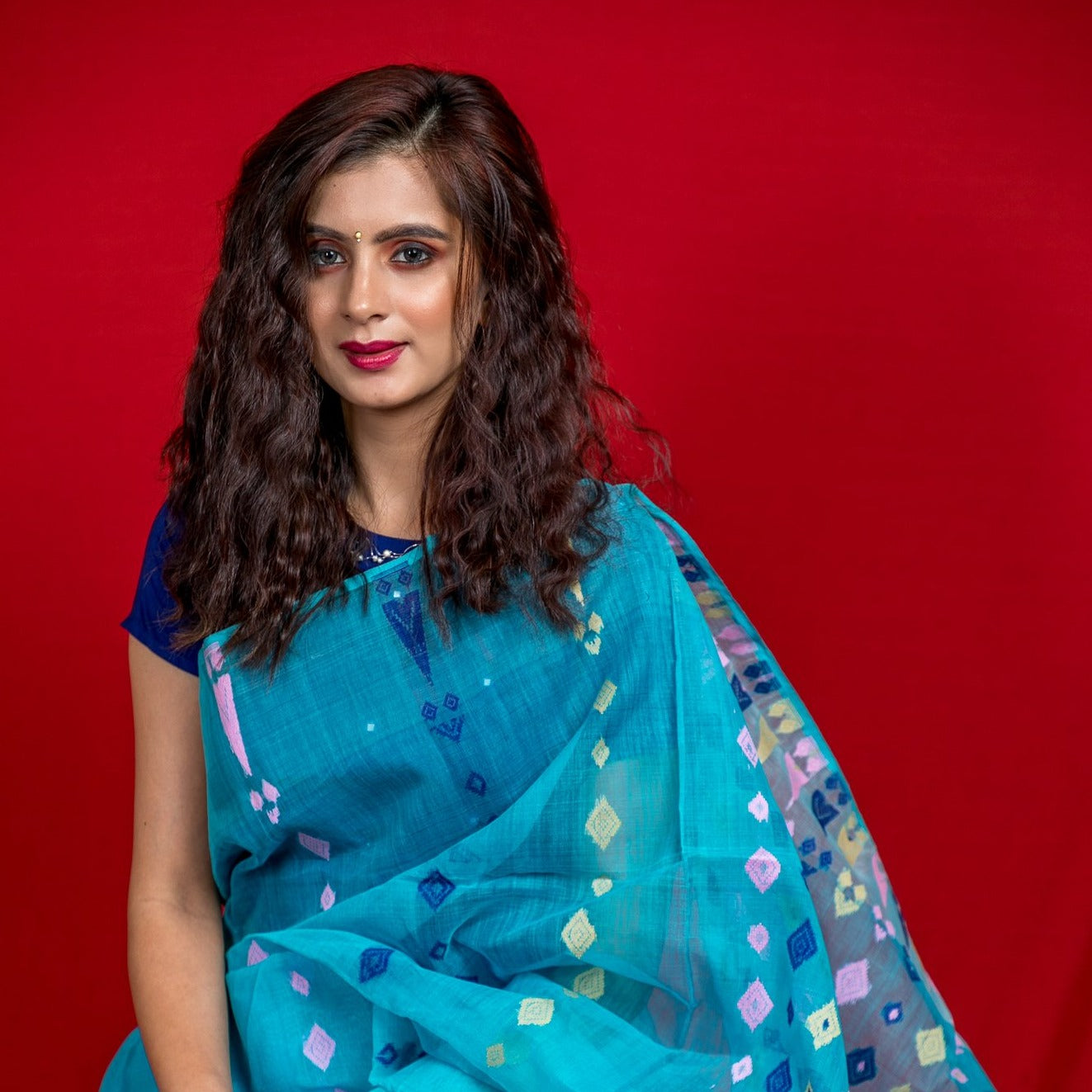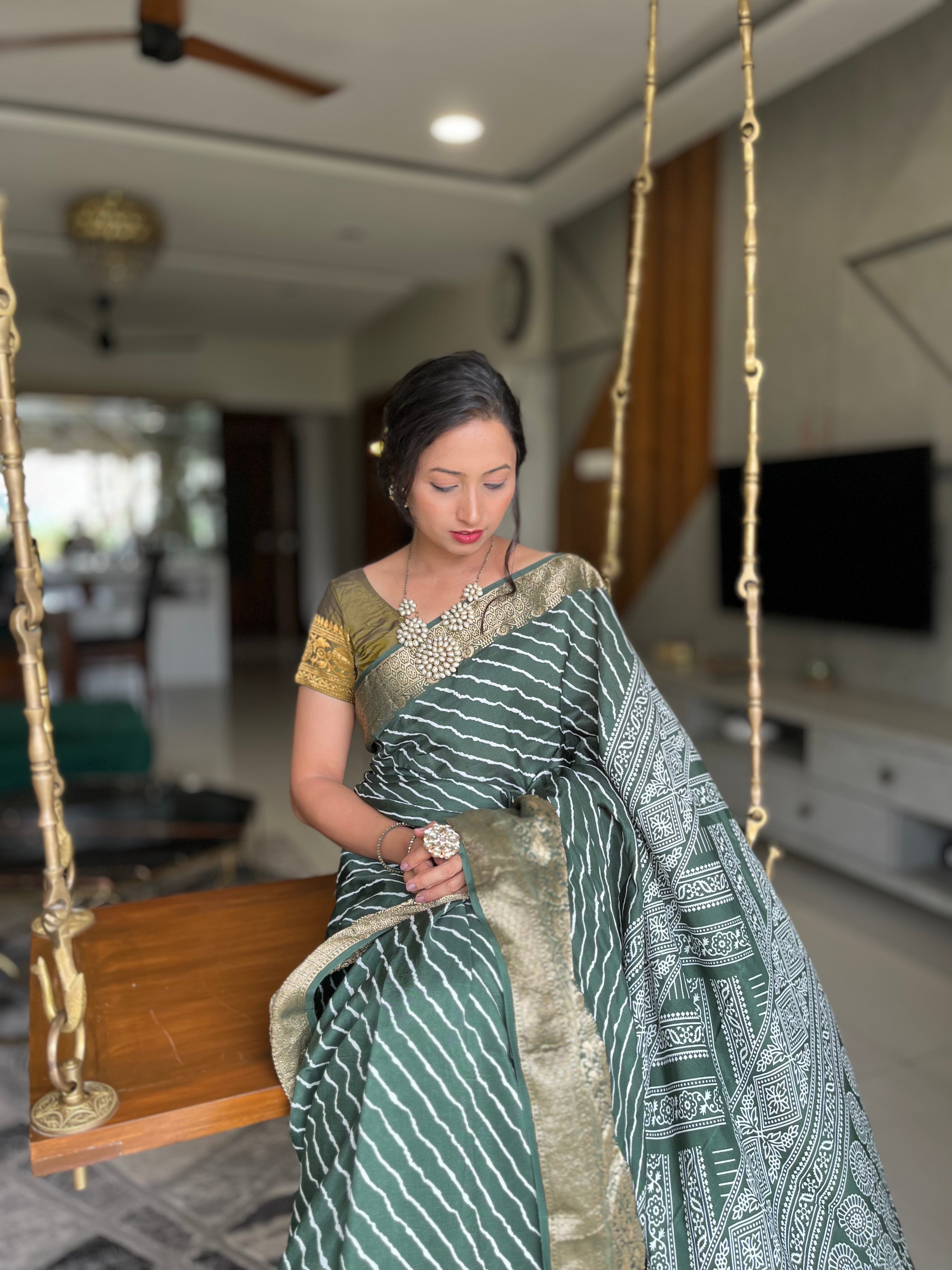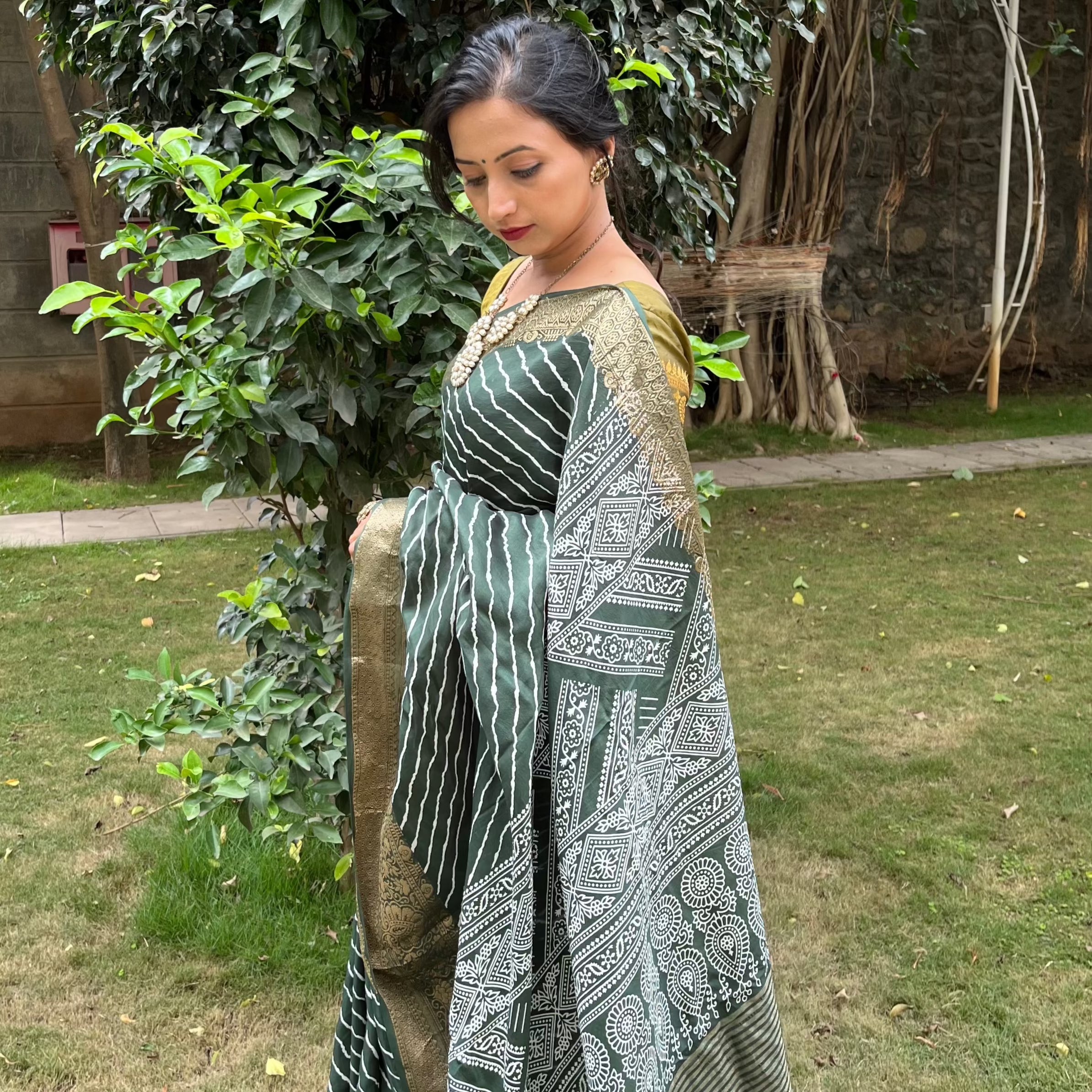Dawning indigo dyed apparels has been in trend for quite a long time, and has been adopted by the masses; be it celebrities or office goers, elderly or kids, there is something for everyone. Indigo prints are a big hit not only in the apparel industry but have also made their way in the category of accessories and home decor too, and have slowly gained popularity in the global markets.
Indigo is sourced from a plant named Indigofera Tinctoria, widely used in India and Southeast Asia before imports to the European countries started in large quantities. Dated back to around 6,000 years ago, other countries like Egypt, Peru, Iran, and Africa also used Indigo for dying fabric to a bluish color. Today apart from naturally obtaining Indigo, it is also being produced synthetically.
In India, wearing an indigo printed attire during the harsh summer or autumn is an ideal choice. It is easy to carry, comfortable, and gives you a vibrant persona. Thus, becoming a prominent wear for various occasions and celebrations. Not too bright nor too dull, but a color pleasing to the eye, Indigo has left a lasting impression on both men and women.
Different artisans use different hand block printing techniques to obtain beautifully handcrafted outfits for everyone and use natural indigo dyes in the making. Some of these techniques that are sure to catch your attention when browsing through a collection of indigo products include:
- Bagru - this is one of the most eco-friendly forms of hand block printing to date. They use only natural dyes in the making of the clothes. Even the Indigo dye is naturally obtained from the plant. The most common motifs include flowers and animals, geometric patterns, jaal designs, lines, and human figurines. This hand printing is the native of a place called Bagru in Rajasthan.
- Dabu - is another exceptional hand block printing technique for the brilliant patterns on various ethnic attires. In this art form, either natural or synthetic indigo dye, along with other natural dyes is used.
- Hand block Kalamkari - is one of the most complex techniques of hand block printing. The different motifs on Indigo fabric are crafted beautifully by artisans, in a 7 step process Other natural dyes are also used.
- Tie and Dye - is the most preferred technique among all and various arts forms like leheriya, shibori and bandhej are the popular ones . The products made using this technique are diverse. It includes sarees, dupattas, dresses, kurta for men and women, and turbans. You can spot these products in many people’s wardrobes as they are highly in demand. Indigo being the most easily available dye, giving a refreshing colour, makes white and blue the common theme for these products.
To prevent your Indigo apparels from fading, washing it inside out in cold water is highly recommended. The use of washing liquid is a suitable choice, but one should avoid detergents that contain bleach or brightening agents. Instead, you can try soaking it in little white vinegar for 30 minutes before washing it in cold water. (Source: http://www.wildcolours.co.uk/html/indigo_aftercare.html)
In recent times, the craze and trend for Indigo printed apparels have made these 3 ethnic products a must have, as it is sure to add to your beauty and wardrobe.
- Indigo printed saree: is a classic option you can opt for formal events, traditional occasions and small gatherings. Immersed in alluring designs and motifs, it has become a quintessential attire to possess. Each saree is elegantly handcrafted using different hand block printing techniques by our rural artisans.

- Indigo printed bottoms: dominate wherever you go with a hand block Indigo straight pant. Stand out, create a style statement in the fashion stream. These pants can be styled in different ways to suit your personality. For a laid back chill with friends, you can try matching these pants with a crop top or blouse and flats. While for a work setup, it can be styled with a short kurta and juttis. Not forgetting the pujas or any traditional events, this pant can work its magic by pairing it with an Anarkali.

- Indigo printed stole: it is versatile, making it a prized possession for your styling needs. Get gorgeous with a white or olive mini dress, pair of sneakers, and an Indigo stole around your neck. You can also try pairing it with a pair of denim and black boots. These looks are simple yet chic and definitely will give you a lively feel.

Winter is almost drawing to a close, and we’re still restricting movement like good old Pre-Corona days. We thought you may want to keep it casual, comfortable yet trending hence we’re launching sustainable Indigo printed bottomwear. This collection contains a mix bag of pants, skirts, dhotis, joggers and more. All available to shop on www.phulari.com
Here are Phulari’s top 3 recommended styles in Indigo bottom wear. You can get inspired, and create your own striking pairings too depending on the occasion.
- Hand block Indigo printed palazzo pant with long Chikankari kurta
This season, take your ethnic styling a notch higher with a hand block Indigo printed palazzo pant, teamed with a white chikankari kurta. This combo is sure to give you a refreshing, attractive, and elegant appearance. You can also add jhumkas or oxidised earrings for the extra charm.

- Hand block Indigo printed skirt with stole and kurta
Makes jaws drop during the next celebration by wearing a hand block Indigo printed long flare skirt. To complete the look, the skirt has been paired with a long a-line kurta, and an Indigo printed stole.

- Hand block Indigo straight pant with short sleeveless Chikankari kurta
Go desi with a hand block Indigo pant and short white kurta. It is the perfect outfit for a day at work, running errands, or meet-up with your gang. Team this attire with a pair of earrings and any footwear to suit your comfort.
So, women flaunt your style by mixing and matching with elements of Indigo incorporated. It is an alluring and royal color used for centuries in our country. Thus, time to add Indigo products to your wardrobe. Explore the collection by clicking here.

